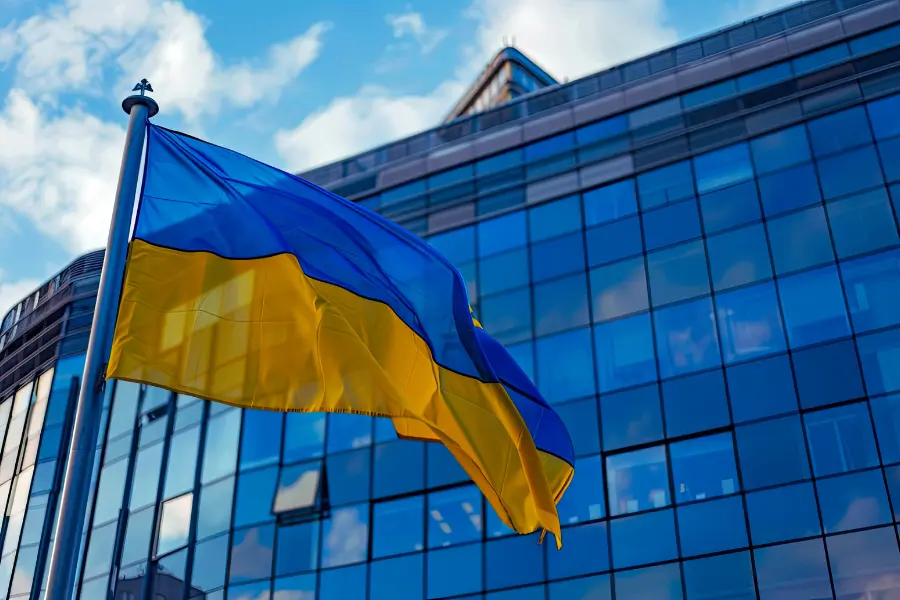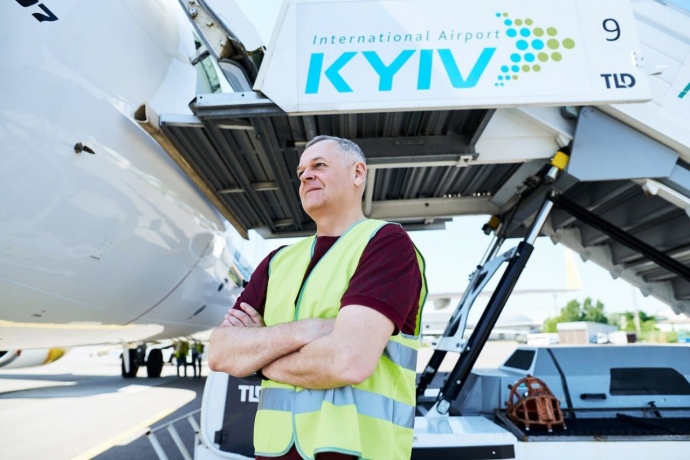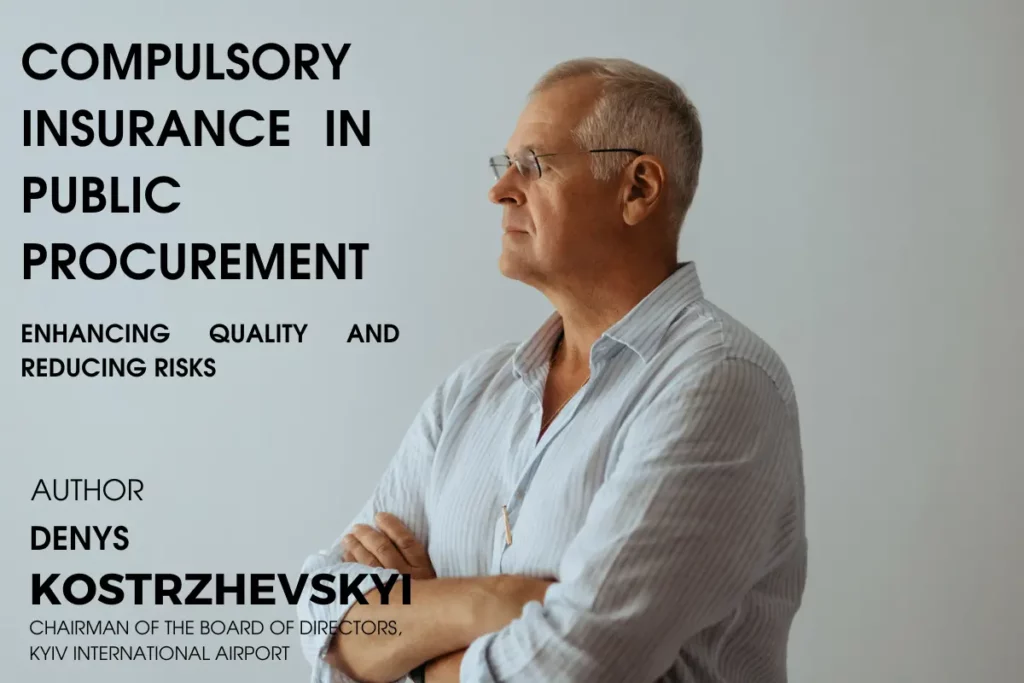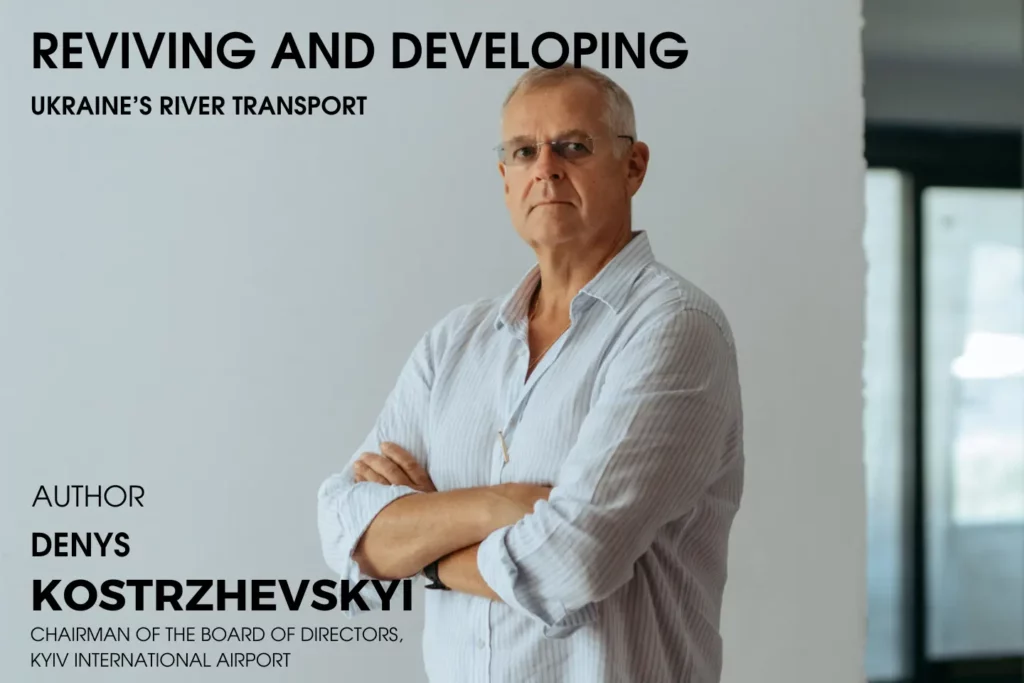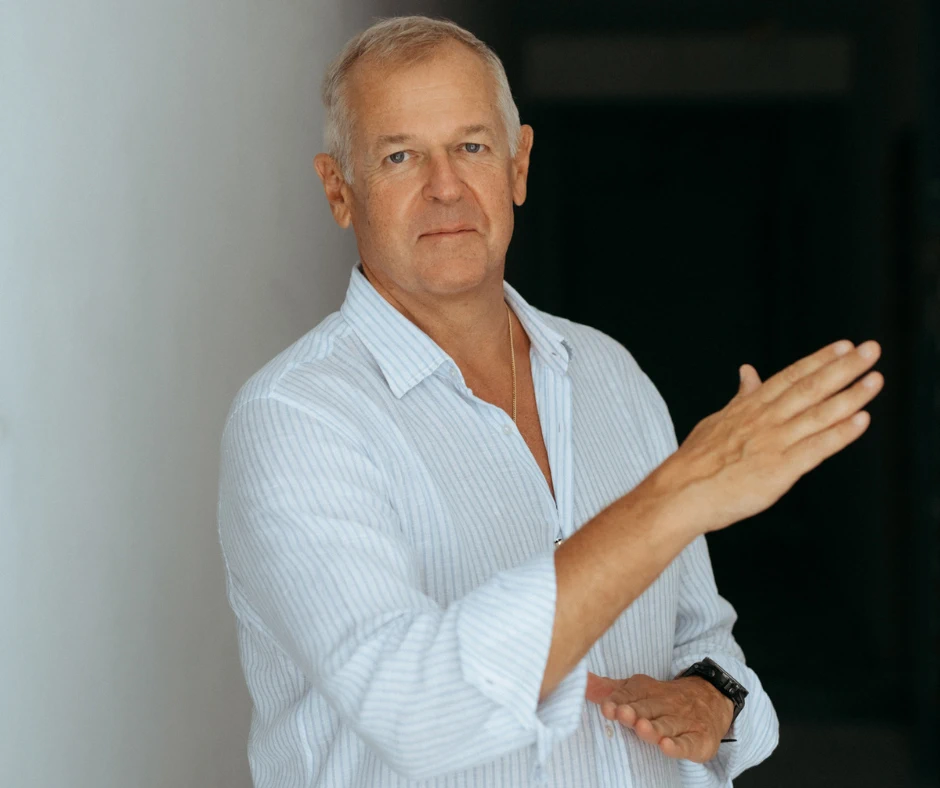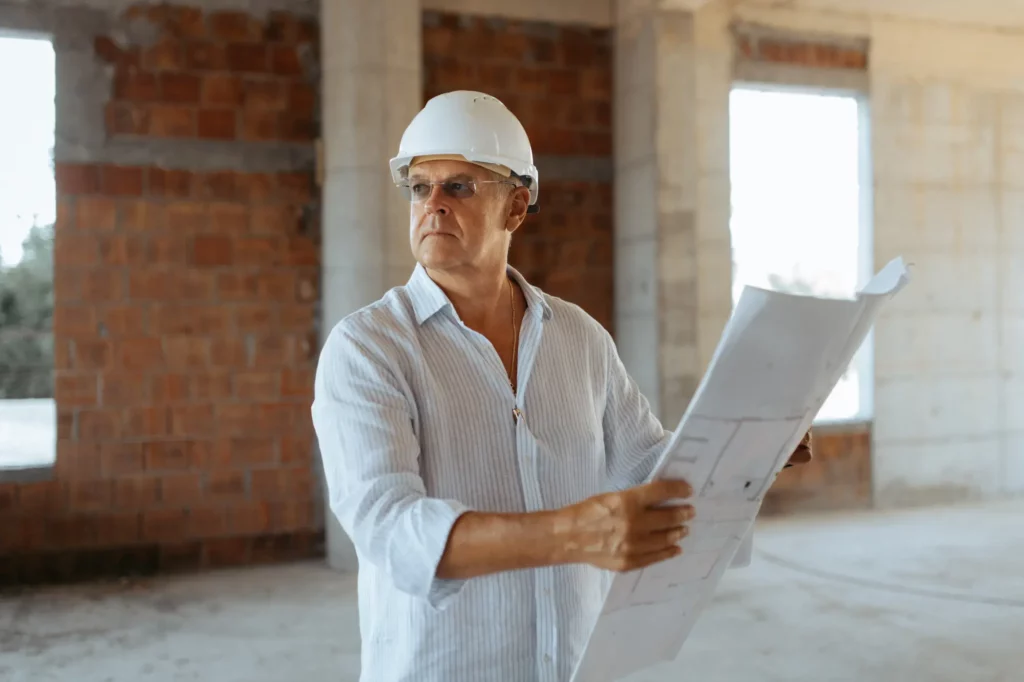Strategic Priorities of Kyiv Airport in the Post-War Recovery Phase
Denys Kostrzhevskyi, Chair of the Board of Kyiv International Airport, expert in public–private partnerships
Restoring Ukraine’s aviation infrastructure is among the key tasks of the country’s post-war reconstruction.
Kyiv International Airport named after Ihor Sikorsky (Zhulyany), which I have the honour to lead as Chair of the Board, has always played a special role in the transport system of the capital.
Today, we are speaking not only about resuming its operations but also about re-thinking its strategic place within Ukraine’s aviation sector.
A Modernisation Story as a Foundation for the Future
In 2010, we launched a public–private partnership with Master-Avia LLC, which enabled the airport to overcome three decades of stagnation.
In a record 10 months ahead of Euro-2012, we built a new Terminal A, upgraded the airfield lighting, air-navigation equipment and the entire perimeter infrastructure.
These measures allowed the airport to serve leading European carriers.
By 2019, Zhulyany handled over 2.6 million passengers, ranking second in Ukraine by passenger volume.
This result demonstrated the effectiveness of the public–private partnership model and proved that professional management and investment can transform a strategic infrastructure asset.
Challenges of War and Preserving Operational Readiness
With the onset of the full-scale invasion in February 2022, Ukraine’s airspace was closed to civil aviation.
Our airport sustained damage, and the runway had to be blocked with engineering structures to prevent its use by the enemy.
Yet we did not allow the airport to fall into disrepair.
Master-Avia has maintained critical infrastructure in working order, continued servicing the equipment and preserved staff capacity.
This enables us to state confidently that the airport can resume operations within one month after official reopening of the skies.
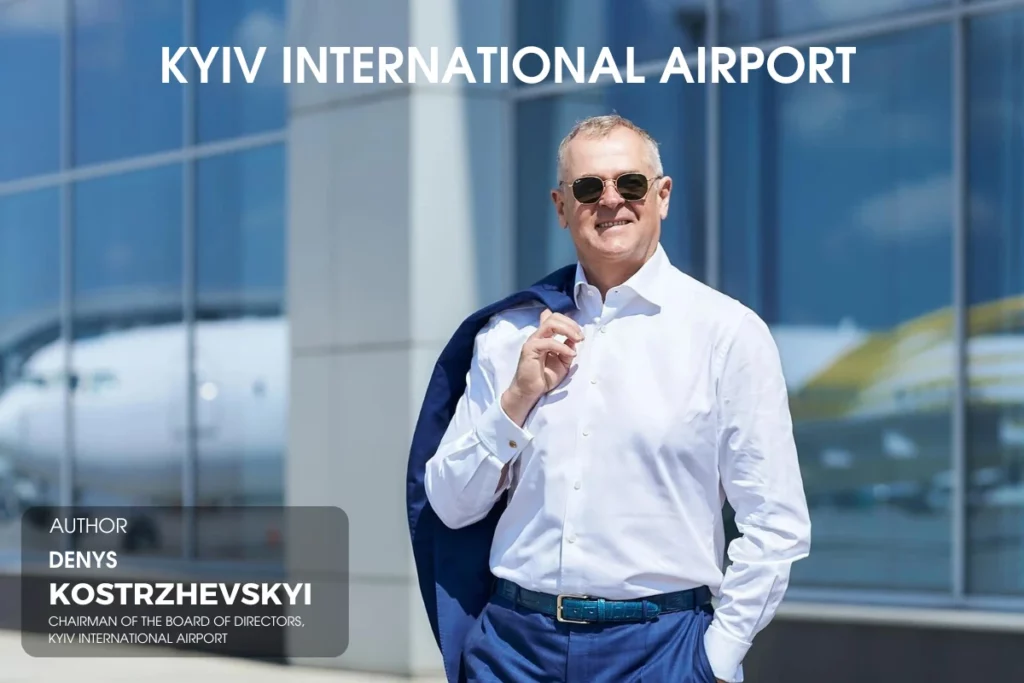
Strategic Directions for Reconstruction
Back in 2021, we developed a comprehensive modernisation programme for 2021–2023.
The war interrupted its implementation, yet we have not abandoned those plans.
On the contrary, in the post-war period they will gain a new scale.
Key priorities include:
- Airfield complex reconstruction: strengthening runway pavement, introducing modern navigation systems (Category III ILS), upgrading aprons and taxiways.
- Terminal infrastructure modernisation: construction of dedicated domestic and international terminals in line with IATA and ICAO standards.
- Cargo terminal: Ukraine has significant potential in air cargo, particularly in e-commerce and logistics. Therefore, a dedicated cargo facility is envisaged in Zhulyany.
- Parking and ground services: plans include a multi-level car park and integration with Kyiv’s urban transport system.
Implementing these projects will allow the airport to increase annual passenger traffic to at least 7 million, turning Kyiv Airport into a high-tech transport hub.
Financing and Management Model
Such large-scale modernisation requires multi-billion investment.
Before the war, it was expected that part of the funding would come from the Kyiv city budget.
However, experience has shown that relying solely on budgetary resources is both risky and inefficient.
The most suitable solution is a concession model with a strategic investor.
It would allow:
- sharing the financial burden between the state and the private sector;
- using international expertise in airport management;
- minimising corruption risks;
- ensuring the project’s long-term sustainability.
This approach aligns with Ukraine’s broader post-war economic strategy, which envisages extensive private-sector involvement in infrastructure recovery.
Prospects for Resuming Air Services
The timeline for restoring flights will depend on the security situation.
Airspace can reopen only after the end of active hostilities and with adequate security guarantees from the state and international partners.
In the initial phase, flight volumes are expected to be limited — primarily to neighbouring countries and major European hubs.
Later, as airlines’ and insurers’ confidence grows, the number of routes and passenger traffic will expand.
Particularly important will be cooperation with carriers that previously operated in Zhulyany.
For instance, Wizz Air, which had a base at the airport, has publicly stated its readiness to return as soon as safety is assured.
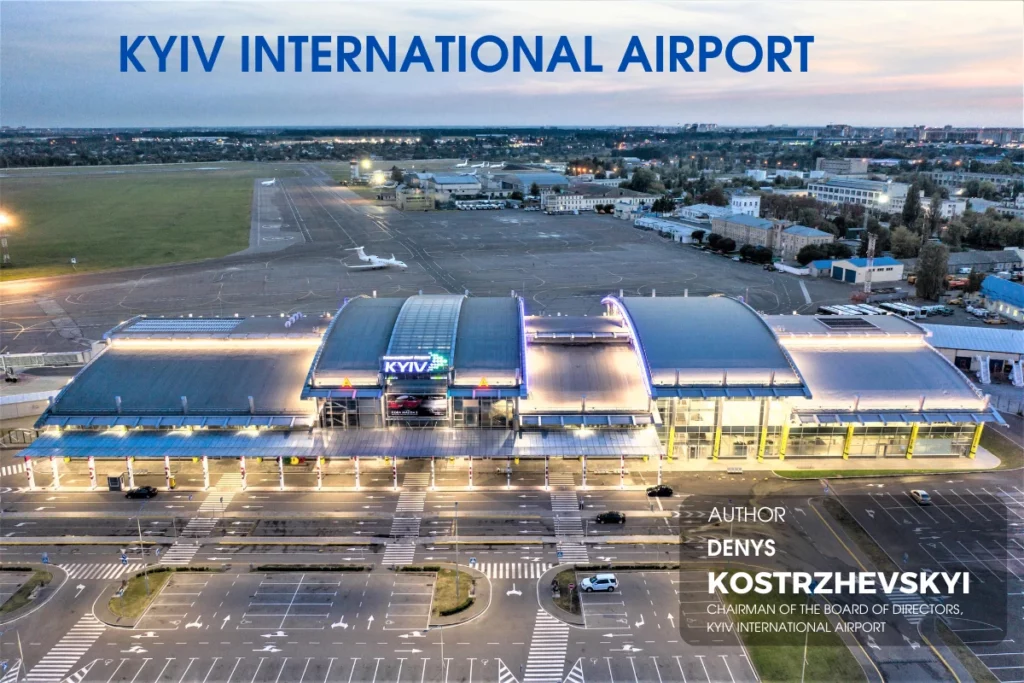
The Airport’s Social Mission
Aviation is not only an economic driver but also a social lifeline.
Restoring Zhulyany will enable millions of Ukrainians forced to go abroad to return home quickly and conveniently.
Having direct air connections with Kyiv will also be a major incentive for the return of skilled professionals and the workforce essential for the country’s reconstruction.
Moreover, an airport in the heart of the capital is a convenient gateway for business and investment.
The possibility of direct flights for international partners, and ease of attending forums and negotiations, will accelerate economic recovery.
A Symbol of Ukraine’s Renewal
Rebuilding Kyiv Airport is more than an infrastructure project.
It is a symbol of the country’s revival after the war, proof of our ability to rebuild rapidly and to grow in line with modern standards.
Zhulyany has always been and will remain a favourite gateway for millions of passengers.
After its restoration, it will stand as a model of efficiency, safety and comfort, confirming a key message: Ukraine is open to the world and ready for a new stage of development.
Denys Kostrzhevskyi, Chair of the Board of Kyiv International Airport, expert in public–private partnerships.

